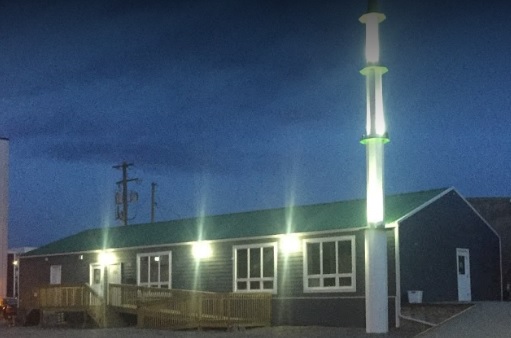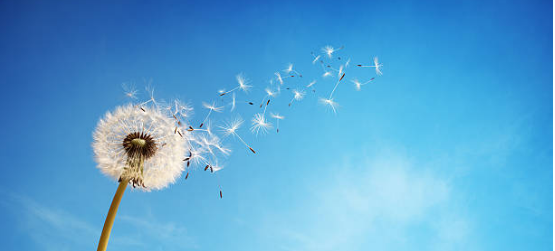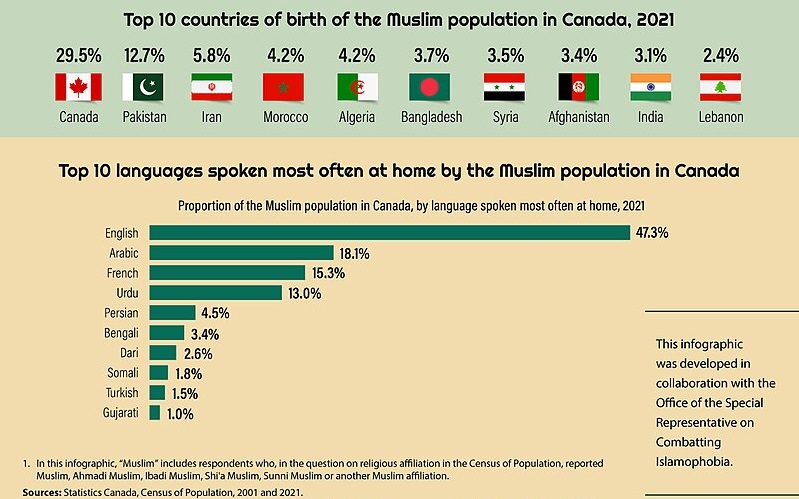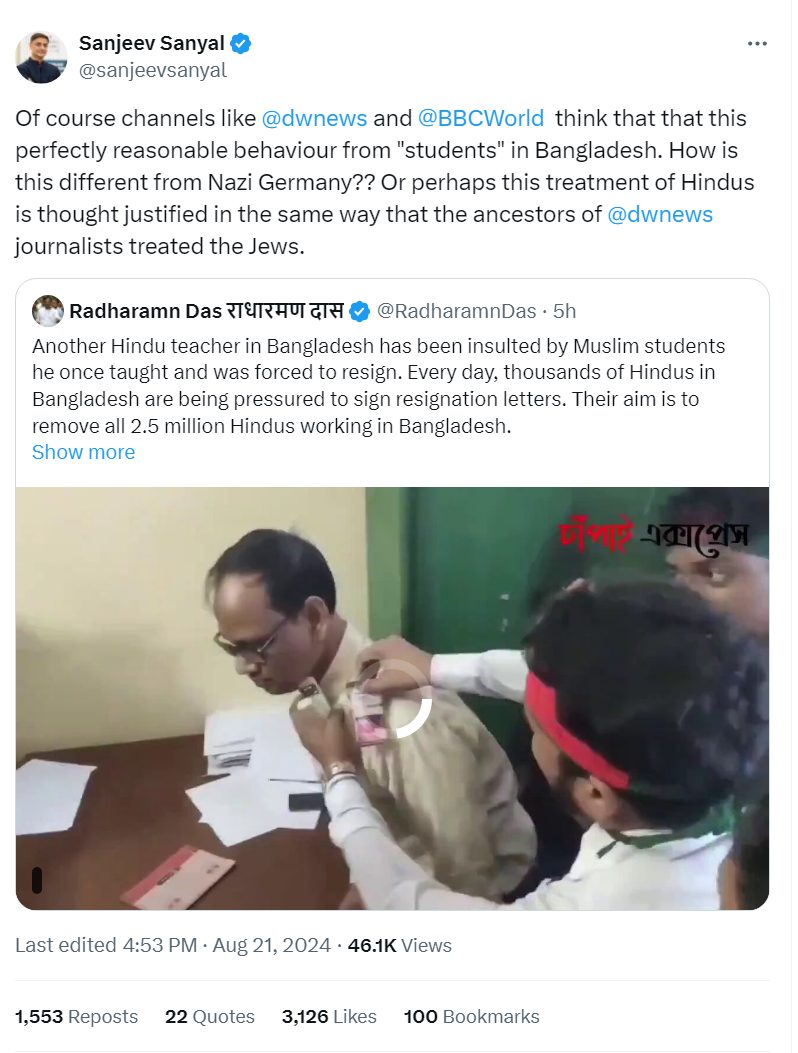 The internet and computers have been a boon to essayists like Edward Curtin (and me!). He/you/we can publish at online sites (DissidentVoice.org is a favorite for us) and then publish our screeds in book form if we are prolific and eloquent enough. Curtin was a philosophy/social theory professor at Massachusetts College of Liberal Arts. This collection of Curtin’s articles, At the Lost and Found (2025), is a case in point. There are some fine ones; certainly, his introduction and the opening ones are challenging postmodern forays for the uninitiated, yet still readable. His students were very lucky.
The internet and computers have been a boon to essayists like Edward Curtin (and me!). He/you/we can publish at online sites (DissidentVoice.org is a favorite for us) and then publish our screeds in book form if we are prolific and eloquent enough. Curtin was a philosophy/social theory professor at Massachusetts College of Liberal Arts. This collection of Curtin’s articles, At the Lost and Found (2025), is a case in point. There are some fine ones; certainly, his introduction and the opening ones are challenging postmodern forays for the uninitiated, yet still readable. His students were very lucky.
As Trump-Musk take a hatchet to American higher education, I marvel at the thought that there are hundreds if not thousands of Curtins (maybe not as good) across the vast US, most at small liberal arts colleges, all in love with words and wisdom, all teaching their students lovingly, urging them to THINK. That is surely the beauty of America, the promise to take the world’s poor and reviled and give them the chance to be someone, do something worthwhile.
Curtin, from his earliest memories, saw that conventional life was a provocation because it hid more than it revealed; that it harbored secrets that could not be exposed or else the make-believe nature of normal life would collapse like a cardboard set. Like everyone, I was ushered onto this Shakespearean stage and have acted out many roles assigned to me, but always with the inner consciousness that something was amiss. Everyone seemed to be playing someone, but who was the player? Is the role playing us? Are we marionettes in some pipe dream, and is there an author behind it? God? The devil? Capitalism?
Curtin’s postmodern credo comes from Thoreau: We commonly do not remember that it is, after all, always the first person that is speaking. There are no neutral observers.
His goal: to oppose these scoundrels and their ilk who kill and wage endless wars against innocents around the world, in a way that will delight and last a little while.
Writing as music
Curtin admits he is obsessed with words. That they play him. He, in turn, uses them to produce both astute political analyses and art in luminescent words and sentences that pulsate. I think of them as intertwined lovers. AI is taking capitalism to its Faustian apotheosis, to mechanize us all, to eliminate passion and will. Reduce thought to dead words. Curtin compares his writing to composing, hoping to leave a fresh song in your heart, something to help you see the pageant of our lives in more than just dead words.
In The End of the Speed Limit on the Highway to Nowhere, he compares us to Sisyphus but without the illusion of ascent, merely going in a circle, returning to the same grey reality of the freedom-to-choose-what-is-always-the-same, seen as a mediated, rootless reality that is no reality at all. Yes, you can fly anywhere in the world (if you are part of SWIFT), but you will find the same McDonald’s and box stores, more or less the same sandy beaches, and souvenirs made in China. Fake diversity. Fake news, to quote our fake king-of-the-world.
We are flooded with unneeded techno ‘miracles’, but without roots we are swept away by them, our mediated reality providing no signposts for where we are headed, no warnings of pitfalls that threaten our real Reality and us, allowing us to pause, to take a stand. Root in Latin is radix, i.e., radical, which today means extreme, as if we unconsciously mold our thinking to beware of rootedness in our rootless world, where having roots is suspect, even reactionary. We celebrated rootlessness, the dream of travel, and escape as the best experience. How many of us live/die where we were born?
How language betrays us! Betray as in reveal and subvert. Curtin calls himself a contrarian and relishes contronyms (e.g., betray, fast, sanction, wear, weather, wind up). I’m big on antonyms that our mediated reality turns into identities, e.g., war = peace, progress = regress, bad = good. We see how language reveals much about our muddled thinking, storing clues from the past, and warning us of our illusions.
Guy Debord begins The Society of the Spectacle with a tongue-in-cheek parody of Marx’s opening of Kapital: In societies dominated by modern conditions of production, life is presented as an immense accumulation of spectacles. Like Marx’s commodities, spectacles are ‘use values’, but even more removed from the consumer than bubble gum or a sports car, as they happen only in your mind, illusion pure and simple, reality so artfully mediated that you pay your money, enjoy, and blissfully forget and move on to the next instalment.
No Virgil to guide us
Today’s ‘great reset’ just may succeed because we have lost the most important roots, our spirituality, buried beneath a heap of commodity-spectacles. Walking through the forest to the genuinely spectacular Taughannock Falls, Curtin gloomily ponders the massacre of Iroquois two centuries ago and asks: Is there any place on this blood-soaked earth where a semi-conscious person can rest easy?
He sees our descent into our current Hell/abyss as starting with Reagan, enshrining illusion in the White House, his assigning communism to the trash heap of history, his attack on social welfare, and his ignorance of the environment. All the presidents since have been variations on his MAGA—even Clinton and Obama credit Reagan as their inspiration. Reagan certainly helped collapse the Soviet Union, but he turned the US into a one-party state, taking his lead from the moribund communists.
And we accept it, as we are trapped in a simulacrum reality, a closed system, a solipsism.
We have no Virgil to guide us through Hell and set us on the road to enlightenment. Wait! We have AI to do that for us. Our worship of the machine is such that as the machine ‘matures’, we have let it take our place, to think for us, even to simulate emotions, speaking as if emoting. The Turing test. The machine’s goal is Darwinian, too: survival of the fittest. Unless we rediscover the miracle of life, root ourselves in a genuine experience of Reality, take back control from the machine, and even ban or dismantle it where it is harmful.
Curtin is a postmodernist, drawing inspiration from the French Debord and Baudrillard. And looks to Joyce for a way forward. In The Contronymal Cage, he quotes Joyce on the language of Joyce’s English-born Jesuit dean of studies, who speaks a different English from that of the Irish rebel. We must take control of our language, be conscious of where it came from, its roots, and how it is used to keep us trapped now in a simulacrum hyperreality, as language constitutes reality as much as it describes it.
Red pill time
There is no ‘heppi end’ to the stories we weave (or rather that weave us) in the Matrix. Poetry is an escape route, unashamedly subjective, rebellious, and questioning. Another way is the essay, as Curtin knows well, and Edward Said, who argued that his nation, Palestine, is a narrative; that we must tell our stories of distorted reality and oppression to escape the Matrix and root ourselves in unmediated Reality. Throw off Blake’s ‘mind-forged manacles’. Recognize that life is not a dead mechanism but is conscious, that we are part of a conscious universe, not as Sisyphus repeating his tortured, pointless circle of unreality, but as Dante, guided in his spiritual quest by the great minds of the past, teaching us to distinguish the devil from God.
What about virtual reality? It sounds ominous, blurring the line between reality and fantasy, but not if we are aware. That goes for all techno miracles. And I for one would much prefer to take a virtual reality trip to visit Mecca in the 7th c than to squash Nature with a huge carbon footprint just to say ‘Kilroy was here’ in a dystopian 21st c Mecca. We can use technology wisely, even reject it if it destroys Nature, undermines society, and kills my soul.
Though raised a Christian, and admiring Jesus, King, Romero, and all those who have died trying to make peace and justice a reality, Curtin is a secular humanist, not looking to traditional religions for answers to ‘why?’ today. He bemoans our loss of spirituality but doesn’t urge Christians to revive their faith, as I suspect he sees it threadbare. That’s where I point my finger. We need faith! That vacuum in my life led me to Islam as the only faith that is still alive, meaningful in a meaningless late capitalism.
Islam was supposedly backward compared to the progressive West. But looking back now, I would suggest we would be much better off if the age of technology had arrived much more slowly, with a spiritual quest still the goal. The West lost its ailing Catholic spirituality with the Protestant Reformation, as it embraced capitalism and became a false spirituality, a materialism masquerading as spirituality, a treacherous inversion of our most fundamental, radical truth. Islam is slowly breaking its shackles, inflicted by the ‘progressive’ capitalist imperialist countries, which occupied Muslim lands, did the usual rape-and-pillage, and even attempted to erase millions of Muslims in Palestine, stealing their land, their spiritual heritage, which is rooted in the Real. Islam does not need Debord or Baudrillard to tell us that our reality is an illusion, that the ‘modern’ world has lost its soul, that the truth lies in the ‘backward’ world, the precapitalist, spirit-based civilizations. Islam’s immunity to ‘progress’ is its saving grace, as it answers our need for meaning in life, which is timeless, technologyless.
Beware the counterinitiations
René Guénon is the 20th-century thinker who first deconstructed the embrace of modernism in The Crisis of the Modern World (1927). He converted to Islam in the 1930s and embraced a traditional lifestyle, rejecting for the most part the illusory technology of the 20th century for ‘spiritual technologies’, even as our capitalist/ socialist societies pushed ahead to carry out greater and greater monstrosities. We have lost our highest faculty, intellectual intuition, i.e., direct apperception or gnosis. We have lost the very possibility of spiritual realization. The Soviet secular spirituality was the first to collapse, and Russia has returned to its Christian Orthodoxy roots, i.e., there is an exit ramp ‘back to the future’.
Gueon coined the term ‘counterinitiation’, movements that are spiritual doppelgangers that mimic authentic spirituality. Protestantism’s embrace of capitalism is the greatest such ruse, which explains the thousands of evangelical sects all claiming to be true. Now you can fashion your own spirituality with a dash of tarot, yoga, and mindfulness. No! We must rediscover the wisdom of traditional religions, which have been discarded on our highway to nowhere. We need a great cosmic reset. Curtin sees himself as a contrarian, infatuated with contronyms. Language is a powerful repository of wisdom, embedded in great literature, especially poetry. But he doesn’t go the extra mile.
Without a love, not just of words, but of spirituality, sacred words, essays like Curtin’s just depress me. In Hindu lore, we are in the declining period of civilization, known as the Kali Yuga (the Age of Darkness). It began with the rise of agriculture in 3000 BC, which unmoored us from our spiritual roots, embracing money, private property, and slavery. Three thousand years is a long nightmare, but it is also the necessary precursor to renewal, the cosmic reset.
The Arts (I like to use caps for the ‘Real thing’) is our avenue for spiritual truths. Our screeds help us see the world in 4d (virtual reality a gimmicky version of this serious path), connect us with our Real environment, not the phony mediated environment of consumer capitalism. As for sacred vs profane, no, no! Everything is sacred, alive, to be connected with meaningfully, loved/hated. There is no neutral observer. I write with passion, or my writing is dead. And as for mindless rituals. No, no! The ritual of prayer is an active form of knowledge, a path to participate in eternal truths, our metaphysical roadmap, showing us the exit ramp from our highway to know-where. (Don’t you love language?)
JFK and 9/11 litmus tests
Curtin includes a long article about JFK. The Life and Public Assassination of John F Kennedy, one on JFK and Dulles, and The Assassination and Mrs. Paine. His great courage in the face of an assassination he expected can inspire us to oppose the systemic forces of evil that control the United States and are leading the world into the abyss. And one on Bob Dylan (‘our Emerson’) and his 2020 song about the assassination Murder Most Foul (thank you, Hamlet), whose lyrics about the conspiracy are ignored or mocked by our doppelganger media. Neither Dylan nor Walberg is going ‘gentle into that good night’, to quote Bob’s model and namesake Dylan Thomas.
I like Curtin sharing personal experiences. There aren’t any independent, neutral observers or observations. He’s not dogmatic. A 9/11 essay at the Berkshire Edge (not included, a shame as the litmus test these days is where you stand on that elephant-in-the-room) dismisses the official story, assumes a conspiracy of the elite directed by the CIA. As for charges of Israel and Mossad, he’s skeptical both here and on JFK, arguing the CIA is too powerful to let that happen ‘outside the box’. I would point to many instances from the King David Hotel in 1948 to many, many assassinations of Palestinian — any — leaders it doesn’t like (Arafat and hundreds of guerrilla leaders). There is an unspoken hit list always in the creation, much like Ukraine’s Myrotvorets. No group, official or unofficial, comes near to Israel. Bin Laden, eat your heart out.
Personally (remember, no neutral writers!), I think only Israeli terrorists are cynical and smart enough to do such a thing, using Saudi youth as patsies. Funny, Jews have been the world’s leading terrorists since Israel was created, and are exonerated, pointing the finger at the Muslim victims, defending themselves as the real terrorists. Curtin’s mild dissidence/apostasy went unpunished, except for a few comments ridiculing him as another conspiracy nut. I suspect he would have been treated much more severely if he had labeled Israelis, i.e., secular Jewish fanatics, as the perpetrators of JFK’s murder and/or 9/11.
My sense is that Americans are too spooked, too afraid to point the finger at Israel as the villain-in-chief in the world today, largely responsible for our descent into Hell. US-Israel is tattooed on American minds. A spiritual mark of Cain in our dystopia, making sure we are ready for the mental gas chamber. Are tattoos removable? It’s very hard, painful, and leaves a scar. But, hey!, purging yourself of society’s inhumanity is worth it. Down with tattoos! They are haram in Islam with good reason. Our only identity needed to live a good life is identifying with God, trying to perfect ourselves, and getting as close to Him (not ‘him’) as possible. The world and our special place in it are the only proof we need of who we are and where we’re going.
The post Finding the Spectacular in the Society of the Spectacle first appeared on Dissident Voice.This post was originally published on Dissident Voice.

 MAP/
MAP/ MAP/
MAP/ MAP/Pew Research Center/
MAP/Pew Research Center/
































































